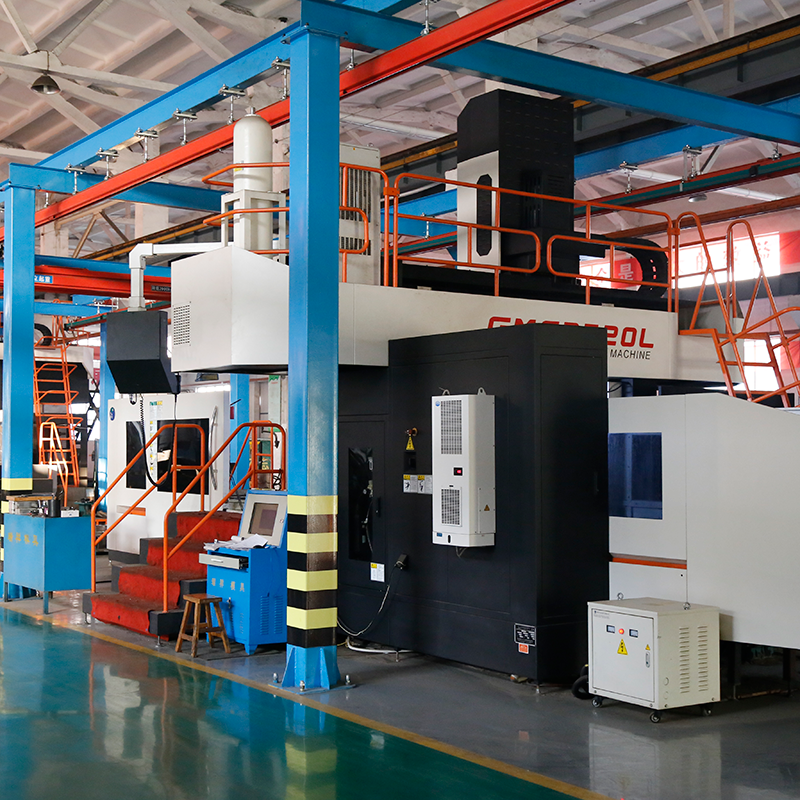the basic purpose of nondestructive testing-欧洲杯在线买球平台
he basic purpose of nondestructive testing is to assess the quality of the object without damaging it. the fundamental reason for this is risk management. although non-destructive testing cannot eliminate risks, it can significantly reduce or mitigate them.
nondestructive testing combines destructive testing with comparison. ndt nondestructive testing allows testing of objects and equipment in real use. instead, after a destructive test is performed on the object, the object cannot be restored to use. therefore, in contrast to destructive testing, the purpose of non-destructive testing is to mitigate the risk of damage to vital equipment or infrastructure on site.
the two are intertwined. destructive testing provides an accurate estimate of what is needed to destroy an object. once we know the limits set by destructive tests in the lab, technicians perform non-destructive tests in the field to determine how close the object is to reaching those limits. if an object is too close to the limit, ndt nondestructive testing can safely repair or replace it before any damage is done.
should all objects be tested? nay. non-destructive testing is worthwhile when the risk of object failure is greater than the cost of testing. high-risk objects are those whose failure endangers the lives of those around them, such as an airliner or a nuclear reactor. high-risk targets also include those that could cause serious financial or environmental damage, such as oil pipelines. test cost is a function of equipment cost and staff time; staff time includes training and practical testing.
fortunately, companies don't have to guess what equipment or infrastructure to test, and many non-destructive testing requirements are regulated by national governments. governments often base their legal requirements on information published by international standards organizations, such as astm or iso. thus, a derivative purpose of ndt (although essential) is to ensure regulatory compliance. the requirements of ndt nondestructive testing can quickly become more expensive than just complying with the requirements.









